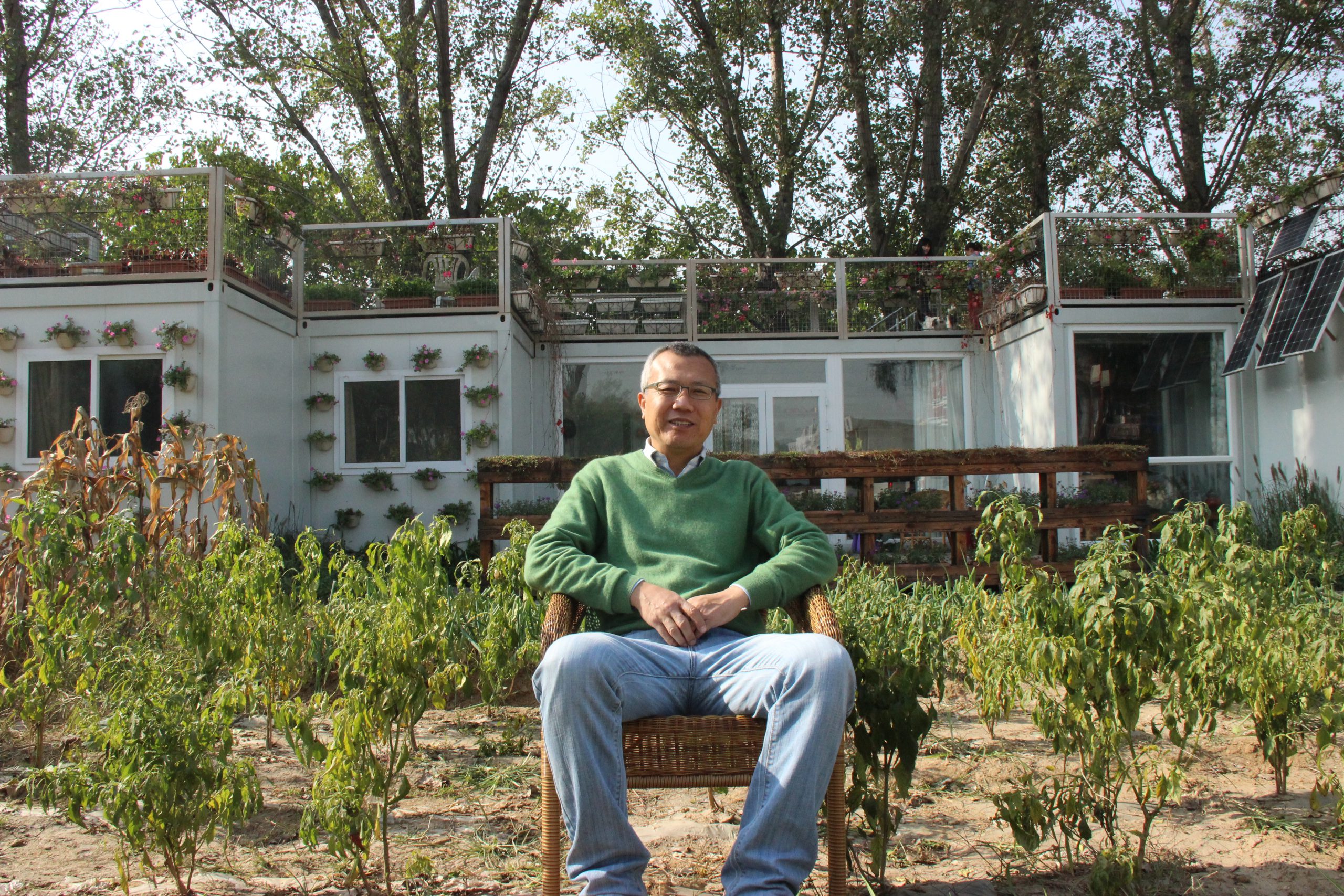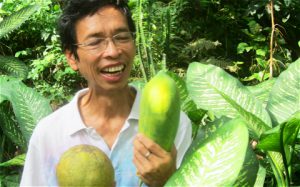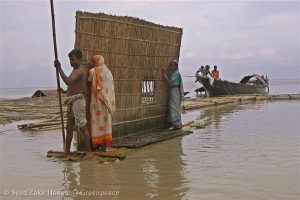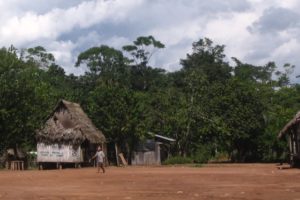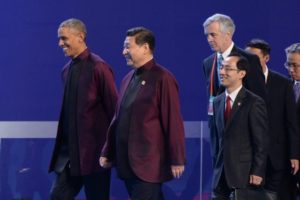In the summer of 2014 Niu Jian and his family moved from the bustling Beijing district of Haidian to the village of Niuhe in Shunyi, on the outskirts of the capital. Their new home consists of a single-storey arrangement of six 20-foot shipping containers. A 600 watt solar panel hangs on one wall and 300 watt wind turbine spins on the roof.
Niu had the containers made to order, with doors and windows, a power supply and insulation. The 150 square metre-space cost him about 300,000 yuan to have built and fitted out and he describes this as a laboratory for sustainable living. Asked why he wanted to spend so much money for a tougher life on the outskirts of Beijing, Niu explains that he wants to spread the idea of a ‘shared community’ – people who want to find a more sustainable life in the smog ridden city.
A home or a laboratory?
Despite the distance from the city centre, plenty of visitors have come to see the containers since they were installed in June last year.
The containers, all painted white, stand out from the surrounding buildings. From the distance it looks quite picturesque: there’s a vegetable garden out front and the walls are covered with plants.
Each ‘room’ has its own function. The front door opens on to an office and a long sunlit desk. Niu’s wife sits there at the computer, their dog sunbathing at her feet. Three containers off to the left provide living space and storage.
Off to the right one container is used as a laboratory for eco-innovation, home to a 3D printer, and various cutting, drilling and painting tools. Niu describes his home as like a small supermarket – much of what the family needs he makes and repairs himself.
Niu and his family personally installed pipes and LED grow-lights for plants in the kitchen: “Lately we’ve been eating vegetables we grow ourselves.” Planters full of vegetables are growing rich and lush under the pale red light, a vertical garden which greener and provides their food, along with the garden of organic crops on the roof.
After we eat Niu puts the leftovers and orange peel into the kitchen sink. There are eggshells and discarded leaves in there too. Niu bends down to point out a waste-disposal unit connected to the pipes – the waste is pulverised then flows into a small plastic bucket in the bathroom for recycling.
There are four such buckets in the bathroom. Grey water is used for flushing the toilet, and rainwater is collected for irrigation. Two others are connected to equipment for producing methane gas from treated sewage and kitchen waste. The gas is then used for cooking, while the solid and liquid residues left behind are used to fertilise the vegetables.
The solar panels and turbine provide power for the LED grow-lights.
Sharing communities
Niu’s plans started in 2009. As a gardening technician, he advocated the use of vertical greenery and balcony gardens for years and had a real love for plants and greenery. But he found people in Beijing weren’t as keen as he’d hoped, and this led him to re-examine the way people live in cities.
After brewing a pot of tea, Niu continues his tale: “Humanity is right to pursue a better life, but they’ve taken the wrong route.” He says urban residents today face many problems: separation from nature, long commutes, congestions, pollution, lack of trust and poor sense of community. They urgently need change, but feel helpless.
Niu makes a comparison with how houses are built. In the past people would gather together and decide what kind of house was needed and divide the labour accordingly. But since industrialisation houses are built first and then strangers move in. Niu says people now live somewhere just for the sake of work; they’ve stopped being people and have become a factor of production.
He hopes his idea of a ‘sharing community’ will turn people back into people again, living together and enjoying green cities.
The container home is only the first part of his plan. It is a temporary installation to educate the public and will be removed in two years. In 2016, he plans to build a ten-household, 1000 square metre multi-storey laboratory – though this may expand to 15 households. In 2017 he hopes to see a 10,000 square metre multi-storey residence to accommodate 100 households, with units to be sold or rented out.
Utopia?
Plenty of people have tried to create eco-homes powered by wind and methane before Niu. But Liu Xin, deputy head of the at Tsinghua University’s Sustainable Design Centre, said Niu’s containers “combine food-growing, waste-water treatment, indoor farming, manual labour and solar and wind power in one – that’s what’s different about it.”
Liu describes this as a bold experiment for China, but that because of limited funds the technologies used aren’t ideal. But, he added, the real problem isn’t technology – it’s bringing people with a common aim to live together.
During 2015 this sustainable living laboratory will hold a series of workshops designed to allow participants to experience communal living. People who share the projects values, and have the necessary time and money, will be selected to invest in building small “sharing communities”.
Liu and his future collaborators may be hampered by land use policies if they build more multi-storey container installations. So Niu’s plans need to take those policies into account, as well as many other factors: land prices, transport, etc. It is likely they will choose to locate future projects on the urban-rural boundary, or cheaper land outside the city.
Xia Jingjing from the China National Engineering Research Centre for Human Settlements said visiting the laboratory “feels like going back to your childhood.” But she is dubious about how feasible the project is. “There needs to be further study of China’s system of land ownership, people’s way of living and infrastructure. The idea of sharing communities may yet have a long way to go.”
